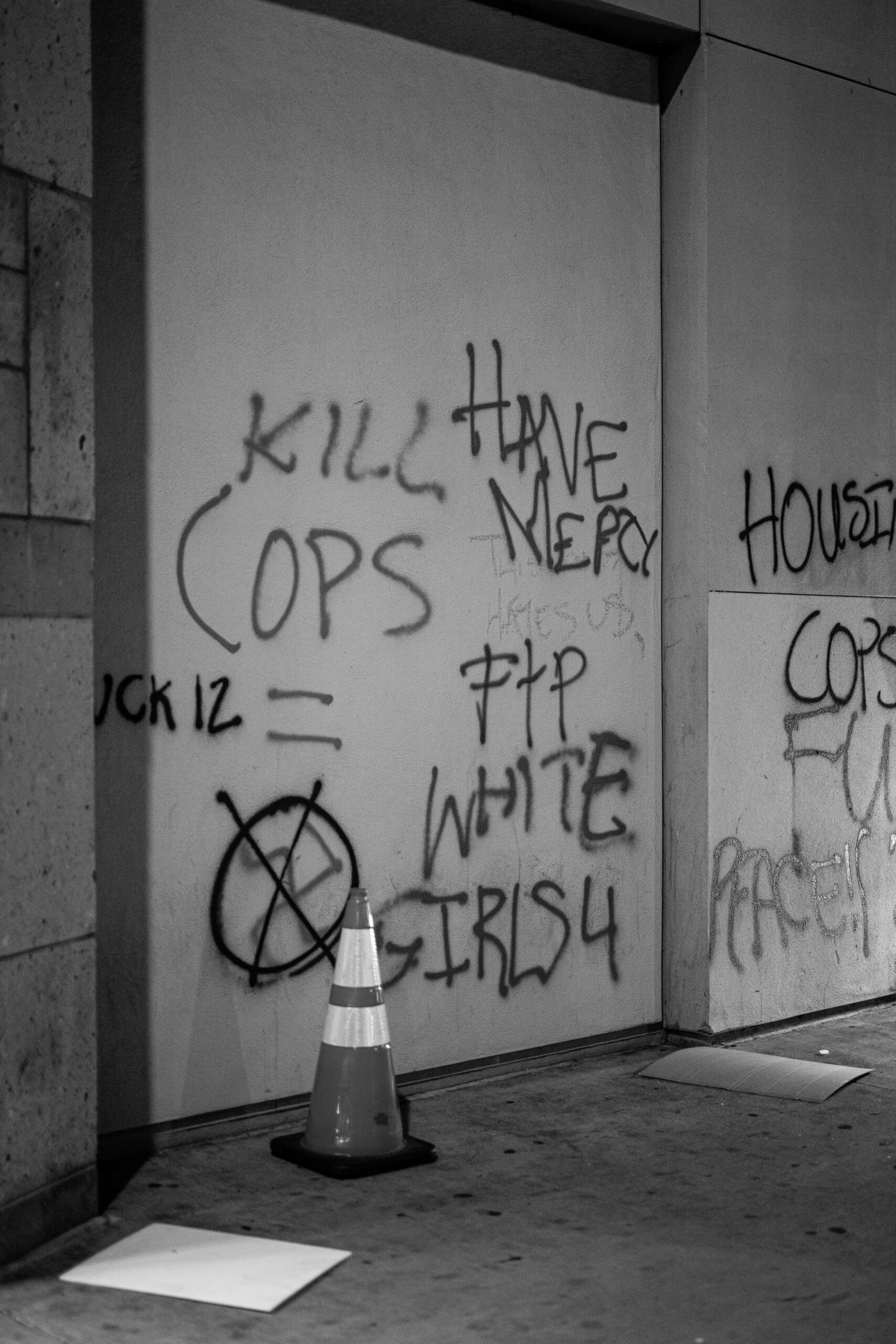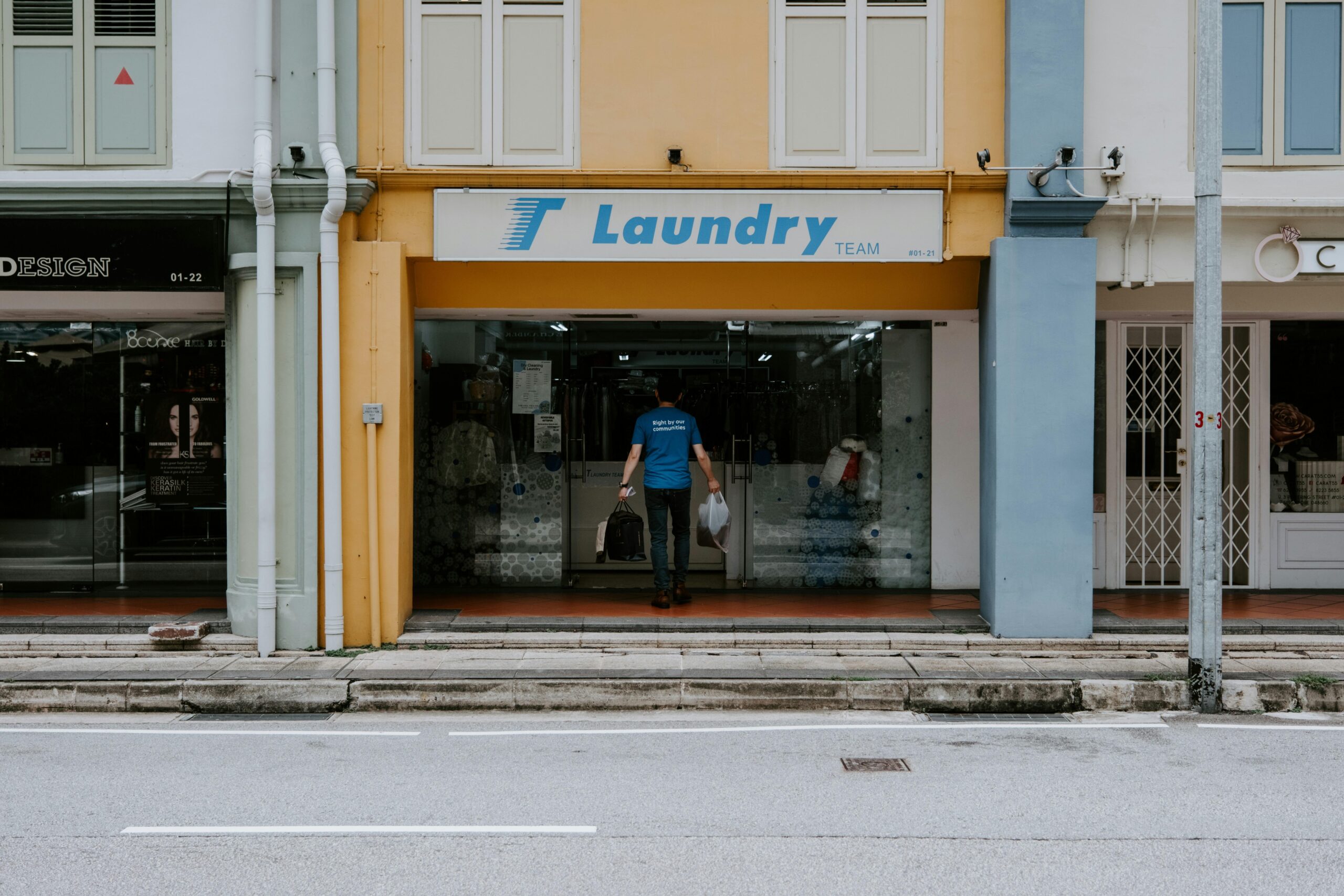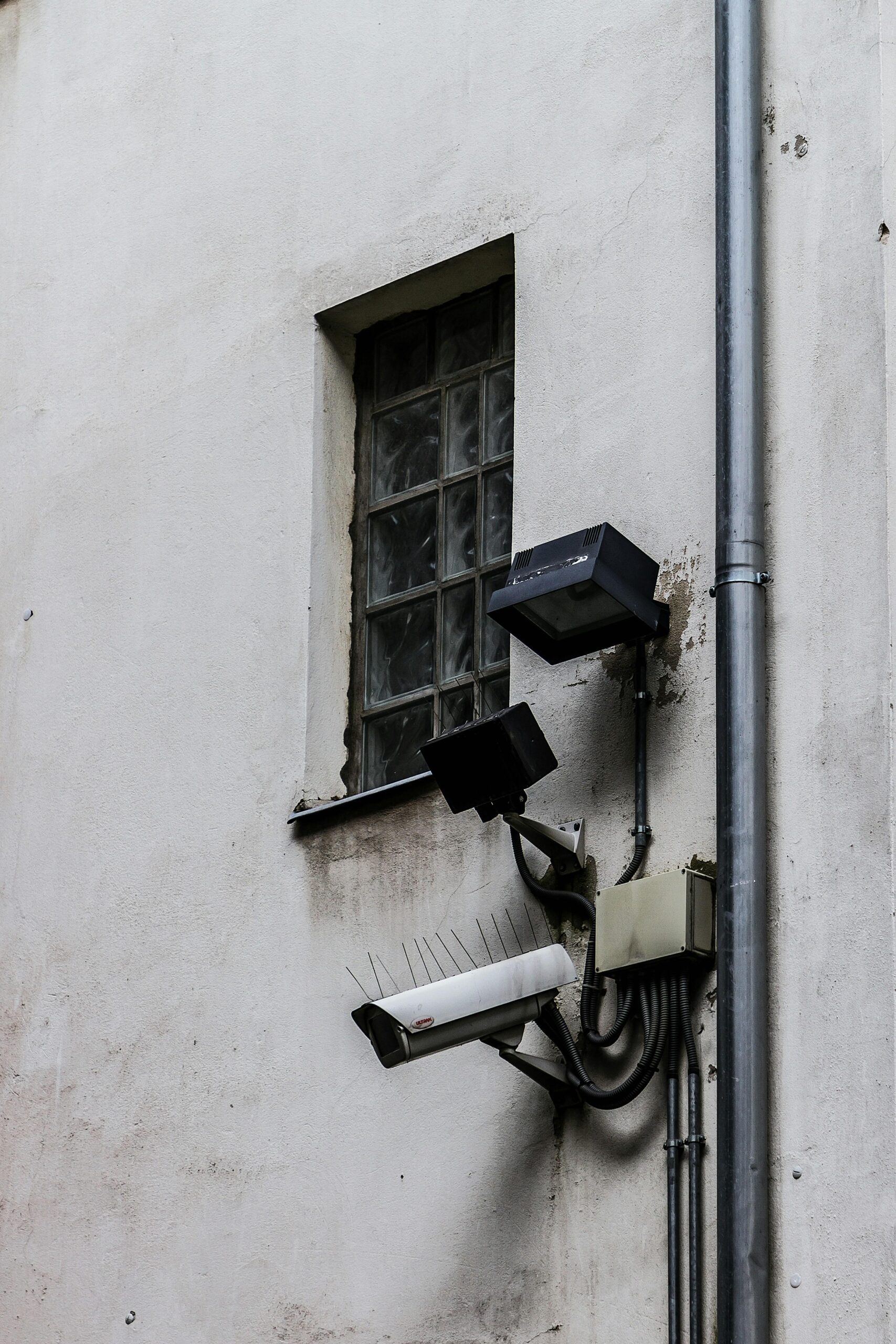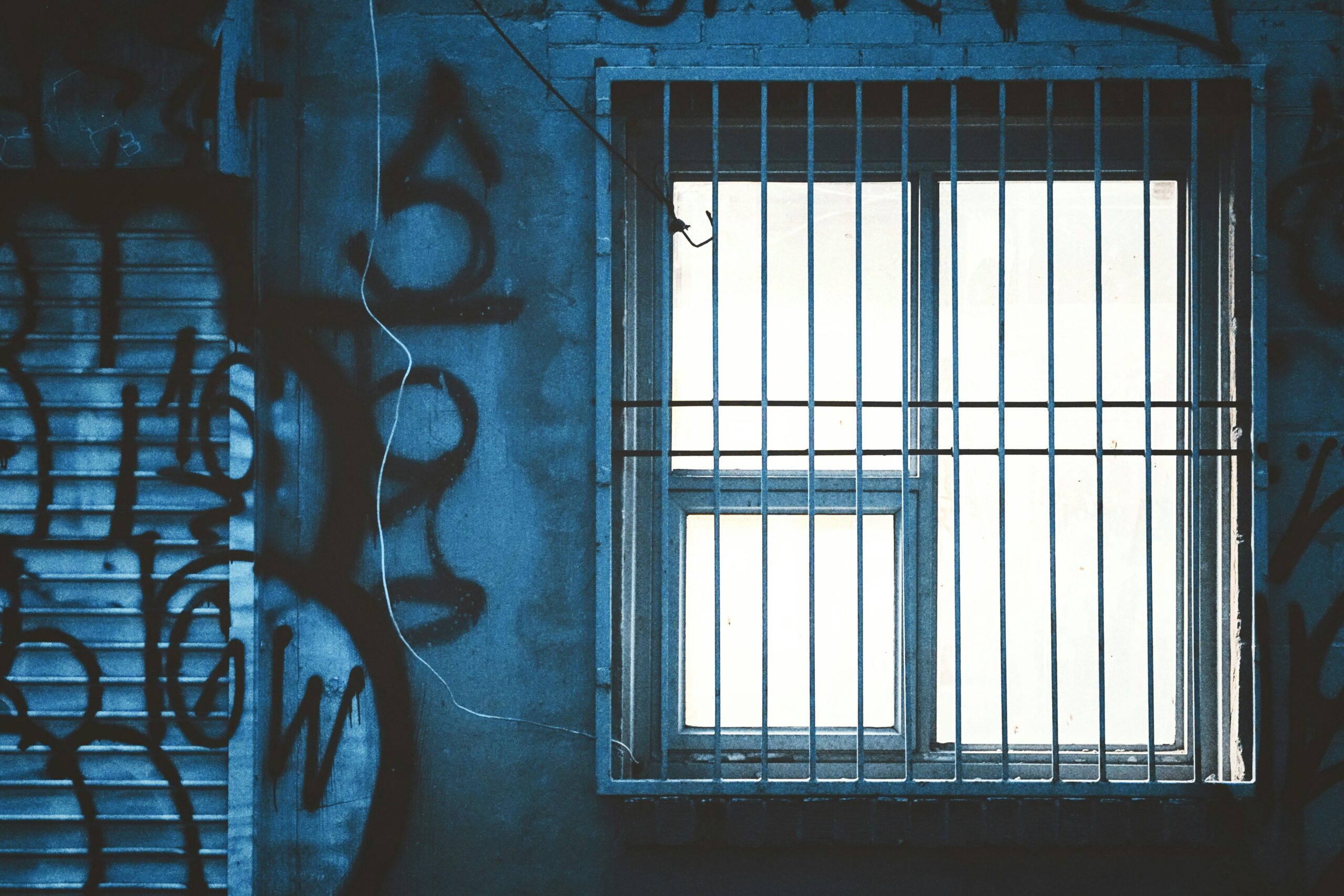In recent years, the rise in hate crimes has caught the world’s attention, sparking urgent conversations about bias, violence, and the fractures within our communities. But what exactly is driving this troubling surge? Is it a shift in societal attitudes, the impact of online echo chambers, or something deeper lurking beneath the surface? In this article, we’re diving into the complex world of hate crimes to unpack the trends, explore the underlying forces at play, and shed light on what’s fueling bias-motivated violence today. Join me on this curious journey as we seek to understand not just the numbers, but the stories and factors shaping this critical issue.
Table of Contents
- Understanding the Root Causes Behind the Surge in Hate Crimes
- Exploring the Impact of Social Media on Spreading Bias and Misinformation
- Community Responses That Make a Difference in Combating Hate Violence
- Practical Steps Individuals and Policymakers Can Take to Foster Inclusion
- In Conclusion
Understanding the Root Causes Behind the Surge in Hate Crimes
Recent years have seen a complex interplay of social, political, and economic factors contributing to the alarming rise in hate crimes. Polarization in political discourse often fuels division, leaving certain groups feeling marginalized or scapegoated. Additionally, the rapid spread of misinformation and extremist propaganda on digital platforms has emboldened individuals to act on deep-seated prejudices. Economic instability also plays a role, as financial stressors can heighten fear and anxiety, making communities more susceptible to blaming “the other” for their hardships.
Beyond these broader trends, there are tangible societal shifts worth noting:
- Social isolation: The erosion of community bonds leaves vulnerable individuals craving belonging, sometimes finding it in destructive ideologies.
- Identity politics: As groups assert their rights and visibility, counter-reactions can spark backlash rooted in perceived threats to cultural norms.
- Law enforcement challenges: Inconsistent reporting and response to bias crimes may contribute to underestimating the scope and severity of this issue.
These underlying causes create a volatile environment where bias-driven violence can escalate if left unaddressed.
Exploring the Impact of Social Media on Spreading Bias and Misinformation
Social media platforms, once heralded as revolutionary tools for connectivity, have revealed a darker side in how bias and misinformation propagate. Algorithms designed to maximize engagement often amplify sensational and emotionally charged content, creating echo chambers where prejudice and falsehoods thrive unchecked. This digital environment can distort reality, reinforcing existing stereotypes and polarizing communities. Misleading narratives that fuel hate crimes are no longer confined to fringe groups but find widespread audiences, often under the guise of legitimate discourse.
The rapid spread of misinformation on social media is further propelled by factors such as:
- Rapid sharing with little verification, where users prioritize speed over accuracy;
- Anonymous accounts and bots, which can flood conversations with targeted bias;
- Lack of effective moderation, enabling harmful content to linger and influence vulnerable minds.
Understanding these dynamics is crucial to addressing the roots of bias violence and developing strategies that combat the online spread of hate while preserving open dialogue.
Community Responses That Make a Difference in Combating Hate Violence
Across cities and towns, grassroots organizations and local leaders are stepping up with innovative approaches that go beyond traditional law enforcement. These community champions foster environments where empathy and education create the first line of defense against hate. Neighborhood watch programs now incorporate cultural sensitivity training, while interfaith councils host open dialogues to dismantle stereotypes and build bridges among diverse populations. By involving victims directly in the conversation, these initiatives ensure that responses are not only reactive but also restorative.
In addition to grassroots efforts, technology is playing an unexpected role in transforming how hate violence is addressed. Apps that allow real-time reporting of bias incidents are empowering citizens to safely share experiences and alert authorities, making data collection more accurate and responsive. Furthermore, storytelling platforms amplify marginalized voices—turning personal narratives into powerful tools that challenge prejudice and inspire solidarity. Collectively, these creative strategies reflect a growing recognition that combating hate requires a multifaceted, community-driven approach.
Practical Steps Individuals and Policymakers Can Take to Foster Inclusion
Creating a culture where bias has no fertile ground requires intentional action at both personal and systemic levels. Individuals can start by engaging in active listening, seeking to understand experiences different from their own without judgment. This can be complemented by consistently calling out discriminatory language and behavior in everyday settings, from workplaces to social circles. Incorporating empathy into our daily interactions encourages a society where questions are met with compassion rather than suspicion. Additionally, supporting diverse representation in local community groups or media amplifies marginalized voices, fostering an environment where differences are celebrated rather than feared.
On the policymaking front, embedding inclusion into legislation demands more than surface-level commitments. Lawmakers must advocate for policies that go beyond protection—such as funding for educational programs addressing systemic biases and investing in community-led interventions that build trust across diverse groups. Transparent data collection on hate crimes and bias incidents is also crucial, as it provides the evidence base needed to tailor solutions effectively. Encouraging public-private partnerships can further enhance resources and outreach, ensuring that inclusion is a lived reality, not just an ideal. Ultimately, bridging the gap between intention and impact calls for bold leadership willing to tackle entrenched inequalities head-on.
In Conclusion
As we peel back the layers of bias-motivated violence, it becomes clear that hate crimes are complex phenomena influenced by a mix of social, political, and psychological factors. Understanding these trends is not just about numbers—it’s about uncovering the root causes that fuel division and finding pathways to foster empathy and unity. Staying curious and informed is our first step toward addressing these challenges head-on. So, what do you think drives hate crimes in your community? Let’s keep the conversation going.











